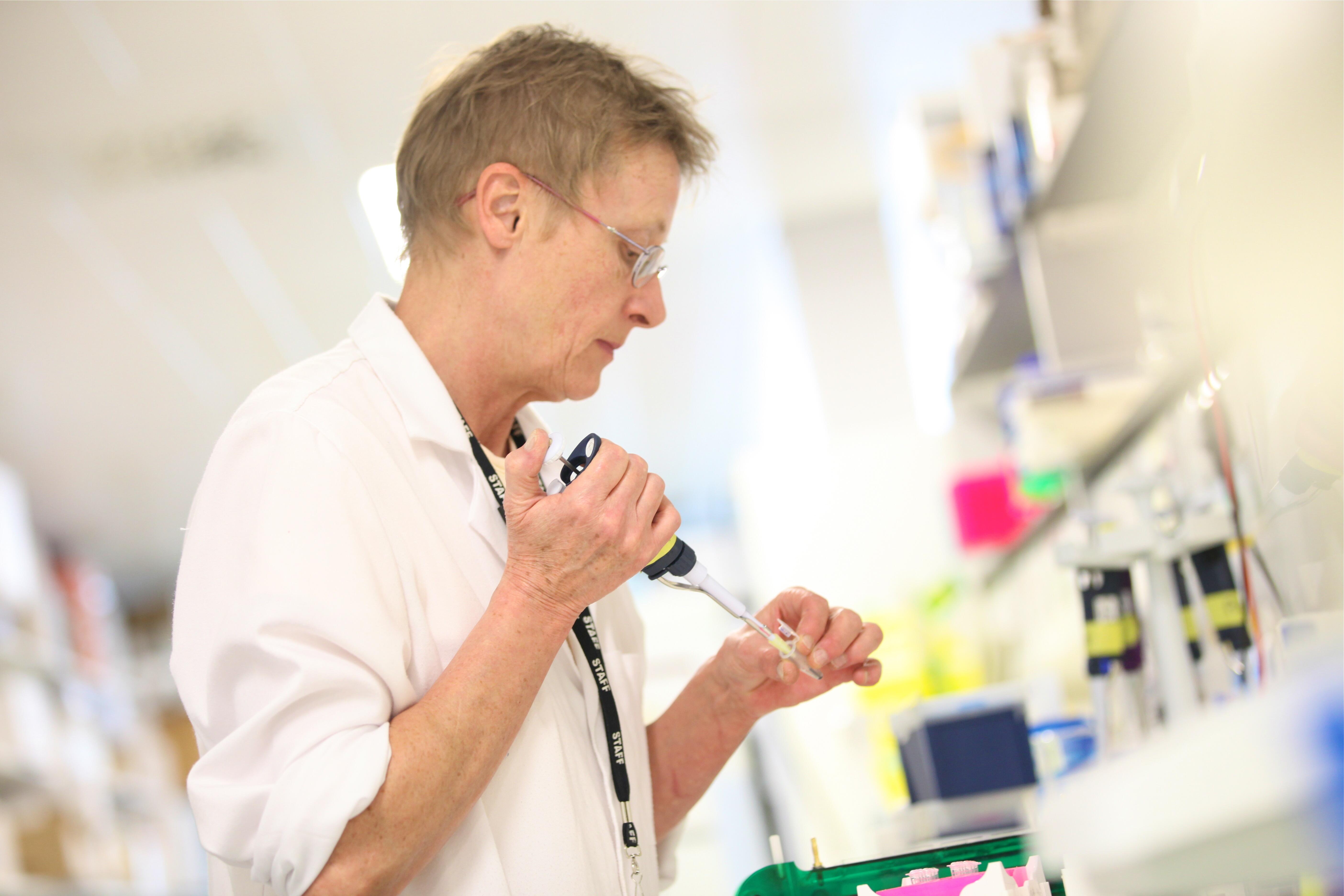
Researchers at LSTM are looking at new ways to create and deliver medications for a wide range of immune-mediated neuropathies, by developing new synthetic versions of the treatment currently seen as the last resort option by doctors; intravenous immunoglobulin (IVIg) therapy.
IVIg serves as a mainstay therapy for conditions including chronic inflammatory polyneuropathy (CIDP) and Guillain-Barré syndrome, which has come to the world’s attention in recent months as a consequence of the Zika virus outbreak. The worldwide consumption of IvIg has increased threefold since 1980 with 100 tons being injected intravenously each year, this has impacted on supplies both within the NHS and globally, which are now critically limited.
This lack of availability combined with significant clinical limitations stems from the dependence on human donors and the fact that less than 5% of injected IVIg is therapeutically active, meaning that huge doses are required; the hunt for biomimetic replacements is now urgent. A group led by LSTM’s Professor Richard Pleass is at the forefront of that search having developed a number of synthetic alternatives.
In a paper published in The Journal of Biological Chemistry, Professor Pleass and colleagues describe the importance of sugars called sialic acid within these synthetic structures to increase their ability to bind effectively with receptors in the human body. “One of the major problems with IVIG is that a patient requires a huge dose for the treatment to be effective, which can lead to adverse events due to excessive protein loading.” Explains Professor Pleass: “We have found that by adding sugars to the synthetic compound and moving their position within it, we can make up to 80% of this synthetic product active, which means that only a fraction would be needed for effective treatment, reducing the risk of adverse effects and significantly lowering the cost of treatment.”
The project team, made up researchers from LSTM and the University of Oxford, describe these synthetic replacements for IvIg enriched for these special sialic acids in the paper and will now work with colleagues at the Heinrich-Heine University in Dusseldorf to test if their lead compounds are better than IVIg at protecting the central nervous system from disease. “There is a massive potential for this work” said Professor Pleass. “The fact that we have found a way to enrich sialyated products for human use means that these compounds, which can be produced at a fraction of the cost of current treatment, could bring relief to millions of people globally.”